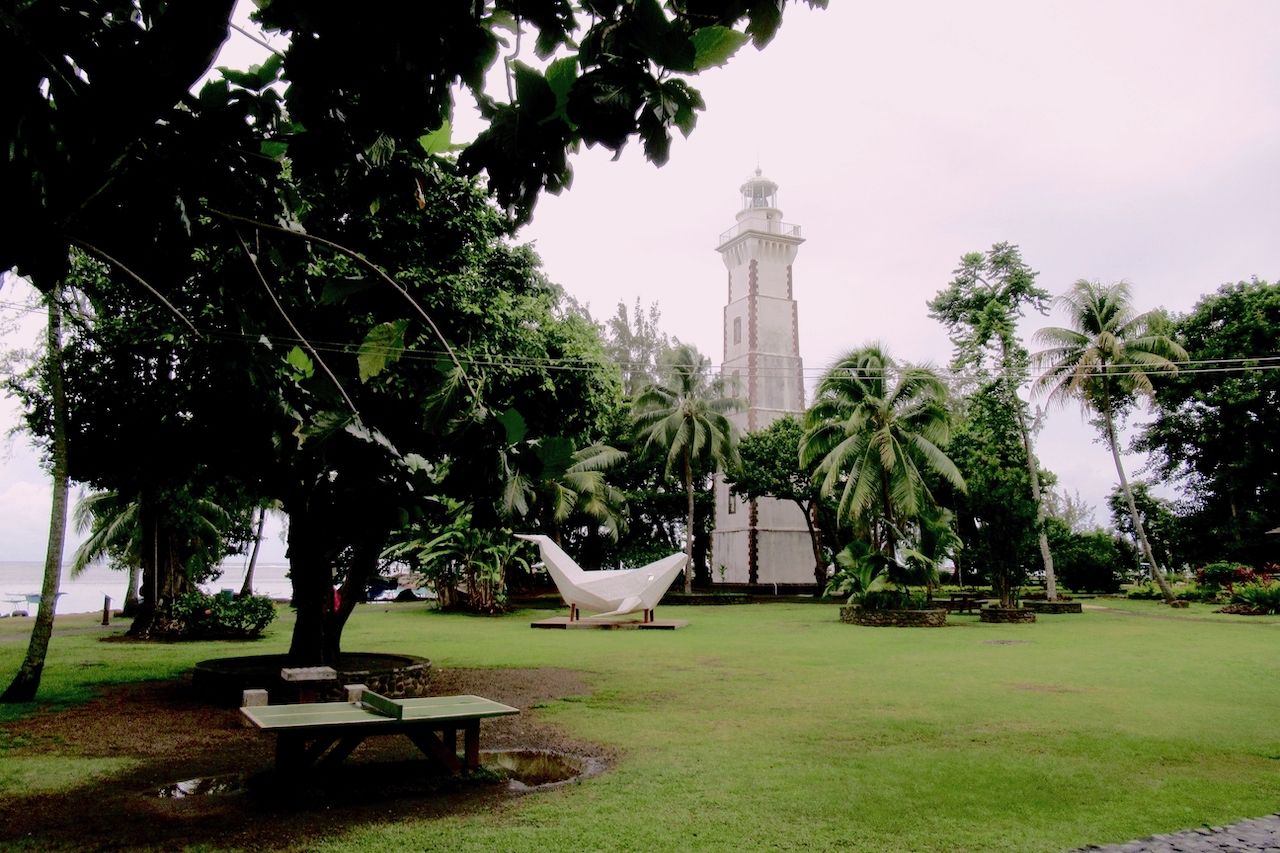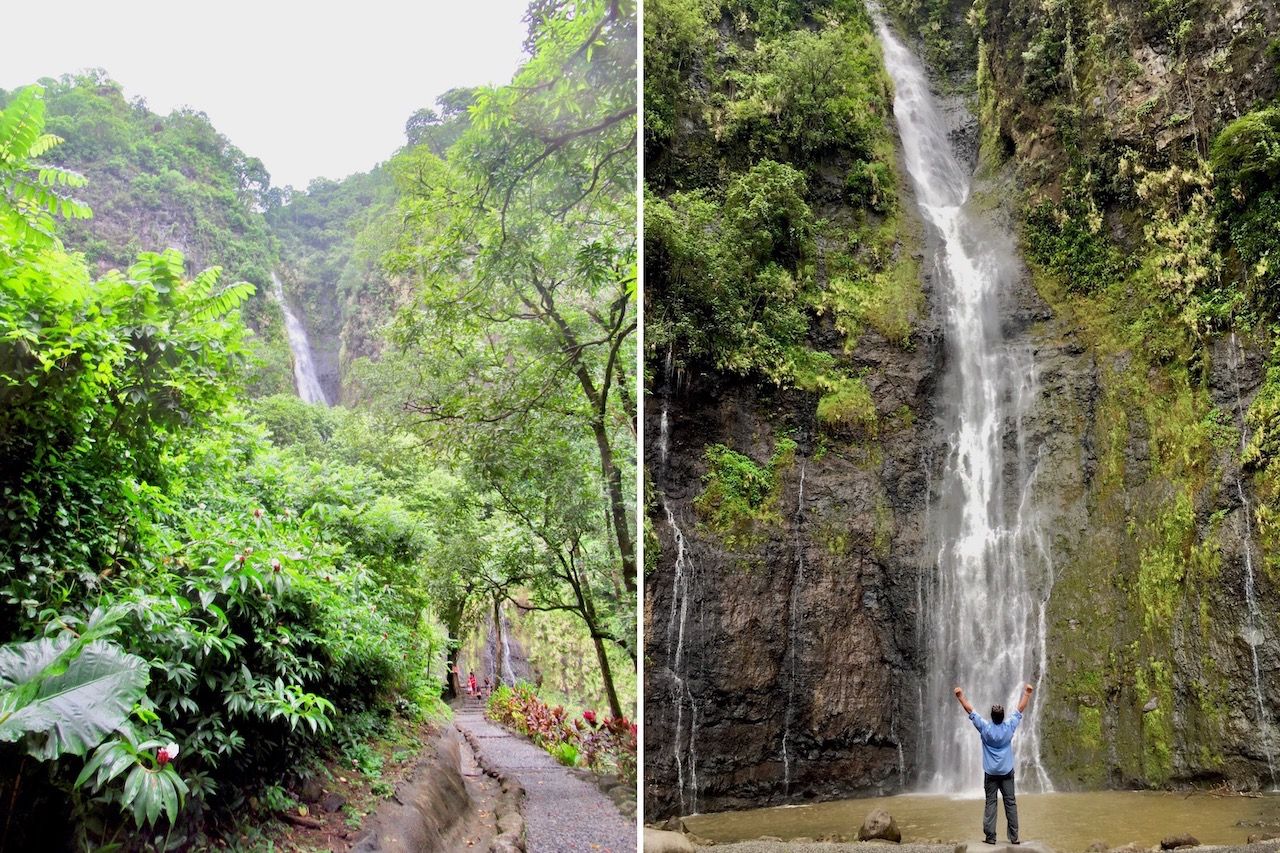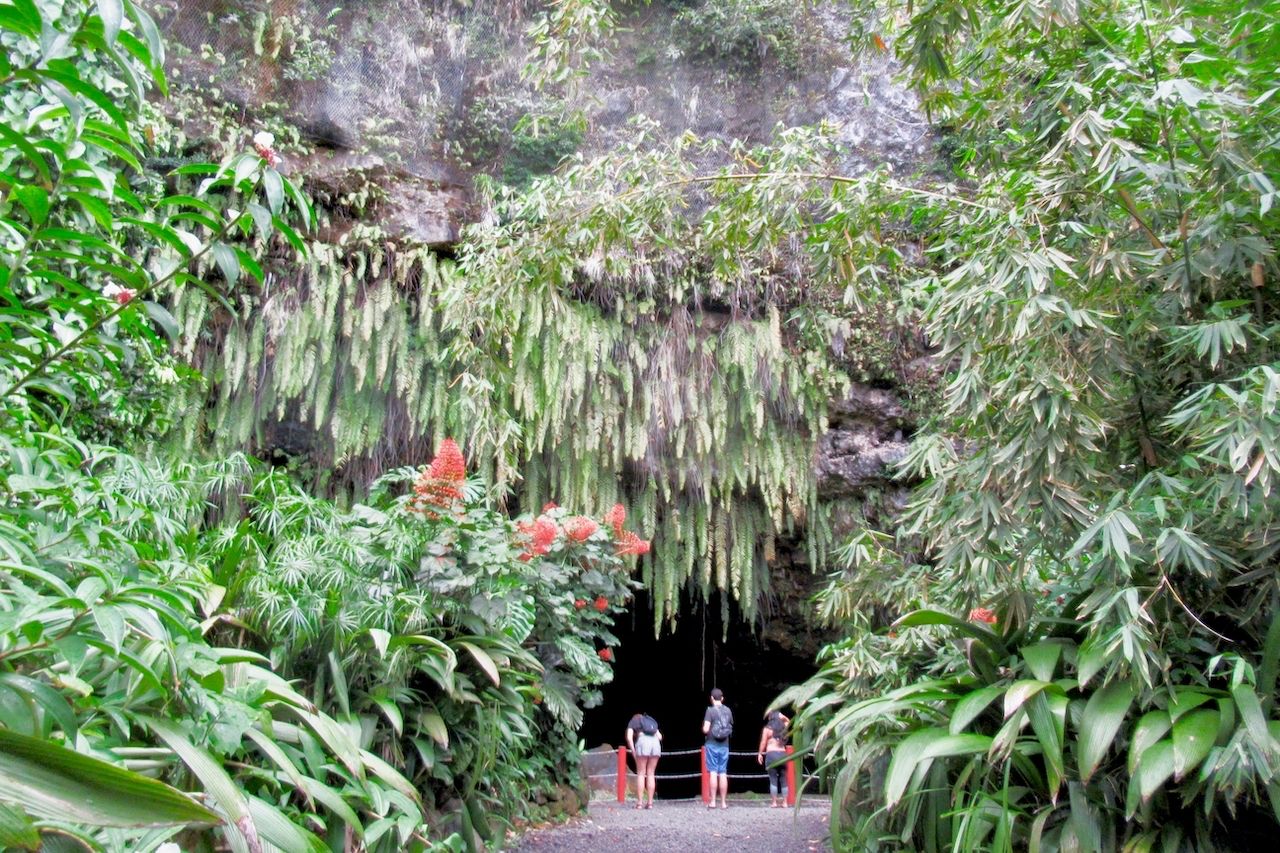Compared to its sister isles, Tahiti gets no respect. But there are plenty of reasons to give the main island a closer look.
With neither a grass skirt nor a fragrant frangipani lei to welcome them, most foreigners arrive in French Polynesia via Papeete to find a bland international airport. Sure, there may be a desultory ukulele trio in some far corner of the terminal, but it’s still an unfortunate introduction to the French dependency. Papeete is greatly lacking in tropical charm, despite the fact that it’s a capital city in the South Pacific. That’s why most travelers tend to spend just one night there, usually as a convenience on arrival or the night before departure, rarely going beyond the urban center.
But for those with a sense of adventure and the keys to a rental car (easily booked in advance at the airport or in town), the main island of Tahiti has plenty of alluring sights. And most of them can be seen in a single afternoon.





